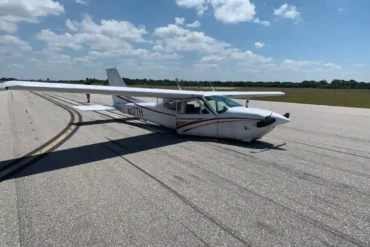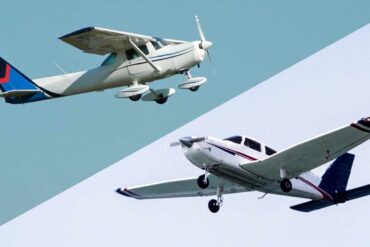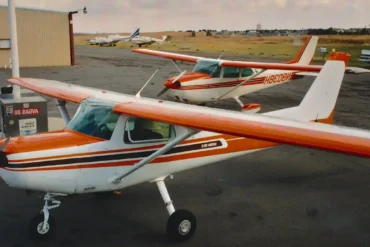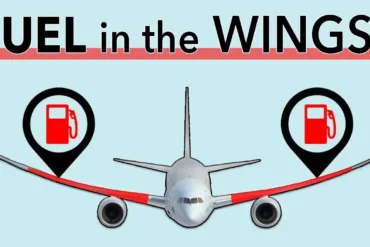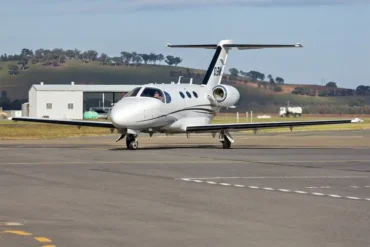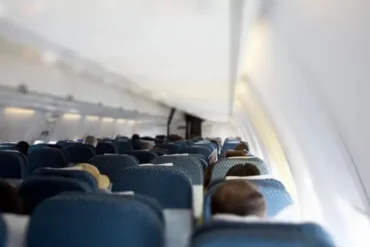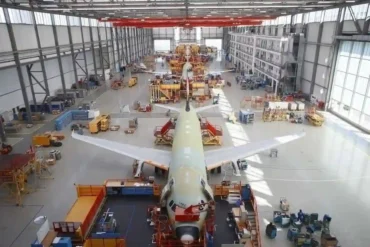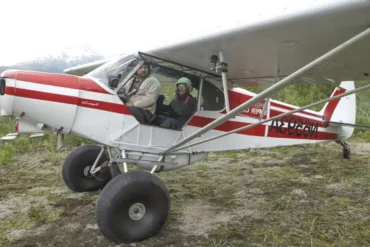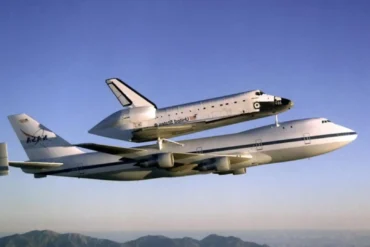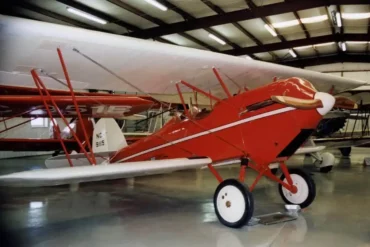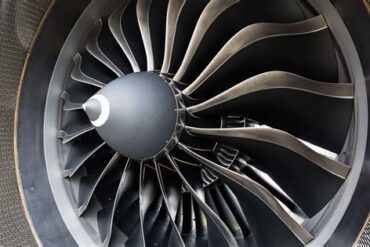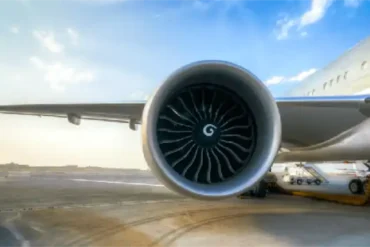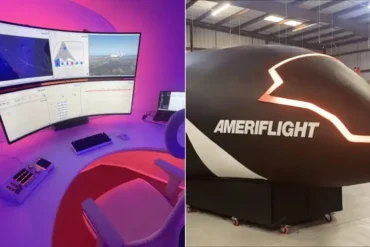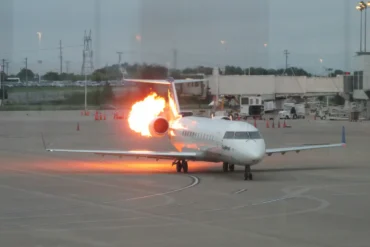Every year the UK gears up for Guy Fawkes Night on November 5th, but it’s worth asking: Could fireworks be a problem for planes? Guy Fawkes Night, also known as Bonfire Night, commemorates the foiling of the Gunpowder Plot.
Back on November 5, 1605, Guy Fawkes got caught under the Houses of Parliament with barrels of gunpowder. Poor guy ended up on the gallows, and ever since, folks have been burning his effigy atop bonfires, complete with flashy fireworks displays.
Sure, we’re used to seeing big fireworks shows on New Year’s Eve, but lots of countries, like the US on July 4th and France on Bastille Day, light up the sky to honor big moments in their history.
When it comes to fireworks, the pros use bigger shells that go boom way up high, usually between 400 and 700 feet. Safety’s a big deal at these public events, so organizers pick their spots carefully and give a heads-up to all the right folks, including nearby airports. Even though fireworks aren’t built to cause serious damage to planes, they could still be a distraction for pilots, especially during those tricky moments when they’re getting ready to land.
Firework Displays Keep Clear of Airports
To play it safe, firework shows steer clear of airports and their flight paths. In the UK, organizers give the heads-up to the Civil Aviation Authority (CAA) if they plan to light up the sky within three nautical miles of an airport or ten nautical miles along a runway flight path. Based on their evaluation, the CAA might send out a Notice to Air Mission (NOTAM) to let pilots know about the show’s location and timing.
Over in the US, firework organizers snag permits from the Federal Aviation Administration (FAA) to make sure they’re following all the FAA rules and conditions for putting on their event.
Across the border in Canada, Transport Canada makes it clear: no flying model aircraft, model rockets, or fireworks-propelled rockets into clouds or in any way that could cause trouble for planes.
Bigger Dangers: Laser Pointers and Drones
Despite all the rules, some folks have tried some pretty dumb stunts, like aiming fireworks at planes coming in for a landing. When planes fly over areas with lots of people, they usually stay at least 1,000 feet up, unless they’re getting ready to land. The biggest fireworks regular folks can get their hands on blow up at around 400 feet, so you’d have to be pretty close to the runway to cause any trouble. And if you do try it, you’ll probably end up in handcuffs with a hefty fine to boot. While fireworks might not be a big deal for commercial flights, laser pointers and drones are much scarier threats.

